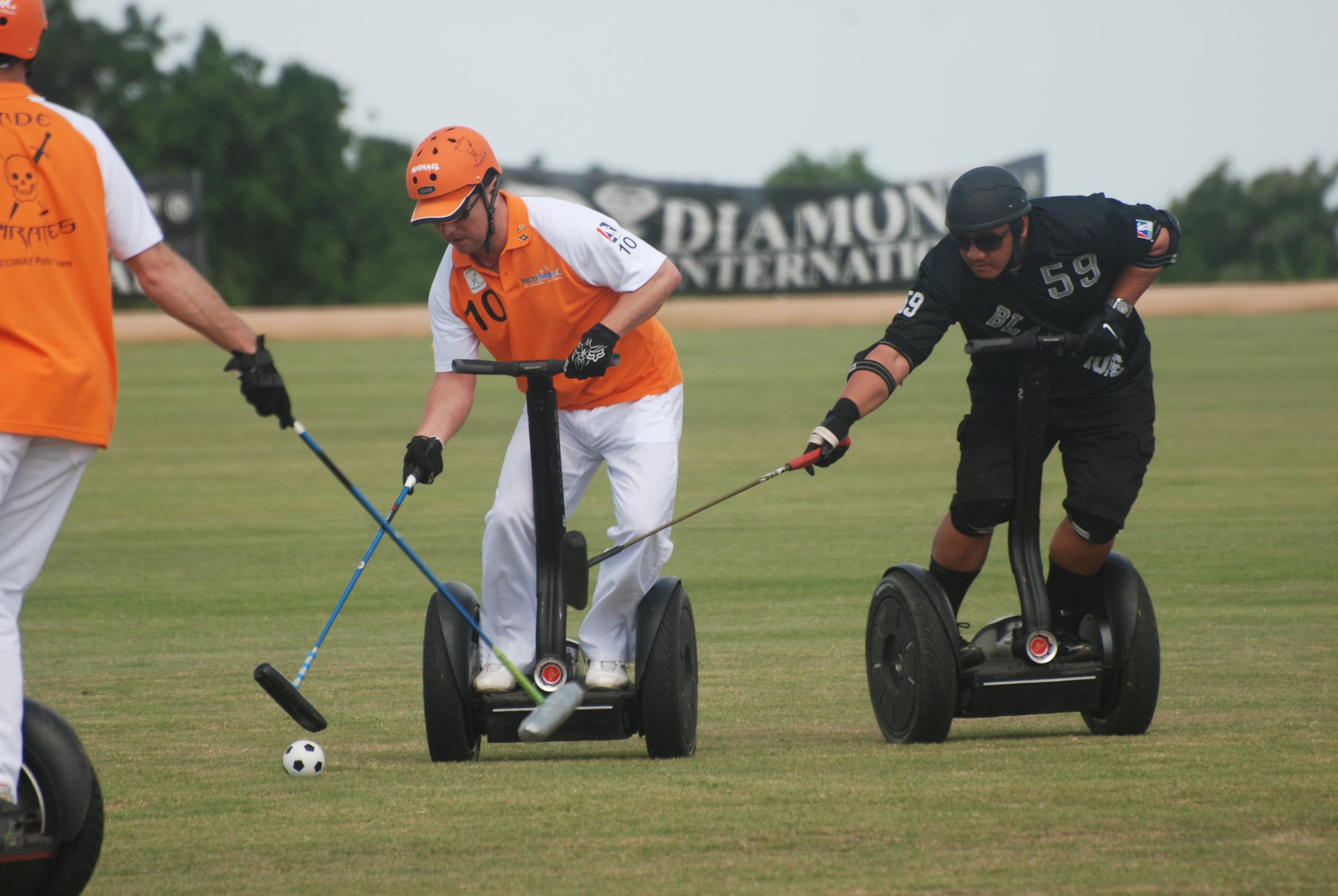Arena: Robotics In Sports
Zhang Duan-Xinhua
Artificial intelligence and advanced technology have become integrated in our society. From the phones in our pockets to the near-unlimited capabilities of our computers, advanced tech is a part of the current day and age. This would also include the sports realm. Drones, robots, and artificial intelligence have been implemented to create a new age of futuristic sports.
RoboCup.org
Most of us are familiar with soccer, or football as it’s known globally. Two teams play against each other trying to score goals with a ball while only using their lower extremities. It’s the most popular sport in the world with millions of fans across continents and oceans. Many soccer followers probably aren’t acquainted with the sport’s metal counterpart, robot soccer. No, this isn’t just an idea your little cousin came up with their friends; it is a legitimate sport.
The idea of robots playing soccer was first proposed by Professor Alan Mackworth of the University of British Columbia in a 1992 paper. The essay described combining robotics with artificial intelligence to play a simple game. That same year Japanese researchers discussed ways to promote science and technology through the world’s most popular sport. They considered the technology and finances that would be needed to produce the idea along with the potential social impact. Once they realized it was very much possible, rules, prototype robots, and simulator systems were developed. Other professors also helped develop technologies that would be crucial for the advancement of robot soccer.
In 1993, a group of Japanese researchers created RoboCup, a competition for the soccer robots to participate in. At first it was a trial event exclusively held in Japan, but went international after immense intrigue and positive feedback from outside of the country. The first official RoboCup games were played in 1997 with over 40 participating teams and thousands of fans in attendance.
The matches do provide a good source of entertainment for sports fans and scientists alike, but games aren’t played for fun. RoboCup’s website states that it is, “a serious scientific project” and was “NOT created to have fun by building soccer robots.” However, during play you can see the joy on the faces of team members and spectators as machines move back and forth on the pitch looking to score goals. Multiple events are held yearly by RoboCup and FIRA, the Federation of International Robot-soccer Association, the other major competition organizer for robot soccer, all over the world at different conferences.
Chayce Lanphear-5280
Neon lights flash from machines buzzing in mid-air. Two sides are looking to gain the upper hand against one another. The machines block and collide with each other while trying to protect their own goal. One mech crash lands, leaving its goal wide open. The opposing side takes advantage and has one of its own robots pass through the ring. It seems like a scene out of a sci-fi show but in reality, it’s drone soccer.
Drone soccer is a fast paced, thrilling, and electric (literally) form of soccer. While robot soccer plays with traditional rules, drone soccer has a few modifications. Games are played within a mesh cage with teams of three or five pilots. There are three playing periods each lasting three minutes. Each team has one specific drone that scores points by flying through the opposing side’s goal suspended in air. The other pilots attack and defend in a full aerial assault with drones bashing and bouncing off each other. Every period has the potential for a drone to take too much damage and be knocked out of the set. However, not all is lost for the fallen mech as team engineers are quickly able to repair the drone in between periods to enter play once again.
Drone Soccer was first introduced in 2016 by a team of South Korean researchers. After receiving funding from the state, they were able to develop and promote drone soccer further. Lee Bum Su, the father of drone soccer, says that the team “wanted to develop a game that could be enjoyed by amateur drone users, not only professionals." The 2018 Robo Universe Drone Soccer competition, the world’s first international competition, saw 22 teams participate for the world championship.
Similarly, to robot soccer, drone soccer has an educational element to it as well. The e-sport is aimed to help stimulate intrigue in STEM fields for young children. Schools and universities have implemented robotics programs based around drone soccer. Students learn to build, program, fly, and repair their drones. Organizations like U.S. Drone Soccer helps provide schools with the necessities to maintain a robotics program. U.S. Drone Soccer also helps set up tournaments for schools to compete in. In 2021 at the Rocky Mountain State Games in Colorado Springs, Colorado, the U.S. held its first drone soccer competition with high school students competing against each other.
SportingBarbados.com
The Polo Ralph Lauren logo is one of the most recognizable brands in the world. The jockey riding his horse is iconic among all fashion retailers. Imagine if the jockey wasn’t riding the horse. What else could he be riding to play polo? A donkey? A llama? What about a Segway?
The International Segway Polo Association, ISPA, logo may not be as popular as Ralph Lauren, but it is certainly on its way. Segway Polo is becoming a popular e-sport around the world with teams in Europe, the U.S., and even one in Barbados. According to the ISPA’s website, “Since no specific fitness level is required to play, barely any age restrictions and with all equipment provided, it makes the sport accessible to all and a ‘Sport of Equals’.”
Segway Polo was created in the U.S. nearly twenty years ago. Members of the Bay Area Segway Enthusiasts Group began playing in 2004 and started to develop the sport further after some interest was shown by spectators. The first official match was held in Auckland, New Zealand in 2006 at the Woz Challenge Cup, named after Segway Polo player Steve Wozniak, co-founder of Apple. Since that time more teams have joined the ISPA, and more tournaments have been held throughout the world.
Most of these esports are finally starting to gain serious momentum that can propel them into the mainstream world. By the end of the decade, we could see drones, robots, and Segways on Sportscenter's Top 10.





